Intonation: Pitch’s Evil Vendetta Against Violinists
Intonation: Pitch’s Evil Vendetta Against Violinists
What is Intonation, What is Good Intonation and Where Can I Get Some?
“Intonation is an evasive quality.”
These are the actual words of a violin customer of mine from Connecticut.
The adult player was expressing his love for the instrument he had purchased from me [insert shameless plug for my violin shop] but complaining bitterly that his playing did not do the beautiful violin he bought from me true justice.
The problem: Intonation.
Part I. Intonation Explained
Intonation, in the music world, is a player's realization of pitch accuracy. Simply put, it’s the art of playing “in tune.”
“In tune” is not to be confused with “tone,” which is the overall quality of sound from an instrument ranging from screechy and harsh to sublime and smooth. Intonation is about making each note sound “not too sharp” and “not too flat” but right in that happy middle spot we consider “in tune.”
Still not sure what intonation is? The best way to understand good intonation is to first hear intonation gone wrong. Pop into a family restaurant and observe the entire serving staff presenting a free dessert to some poor schmo accompanied by a rousing but dissonant rendition of “Happy Birthday.”
Hear that nasty top note, the one that precedes the embarassee’s name? That sour note may send chills down your spine since it’s…well, just not in tune. That’s a perfect example of what we musicians call “poor intonation.”
You don’t have to pay for lunch to hear poor intonation. Click through your 500 cable channels to hear any national anthem sung by the crowd at the start of a hockey game or any competitive singing reality show (American Idol, anyone?) to embrace some real bone chilling, “someone needs to shoot that sorry bastard” bad intonation.
A scientific approach to understanding poor intonation would be to look up “bad singer” on Youtube and let the rancid notes sweep you away into intonation oblivion. But I don’t recommend this as it may rub off on you and before you know it you’ll be humiliated in an audition for “America’s Worst Singer” and bludgeoned by various rotten vegetables before the big hook yanks you off the stage.
Now that we have determined what constitutes poor intonation we can get into the meat of the matter. Why is intonation “an evasive quality?”
Well, the average guy bellowing away at a hockey game or in the Idol trials is simply not trained in vocal technique and it can be assumed he or she is unaware of their lack of intonation prowess. Tone-Deaf.
“Tone-Deaf” is a not-very subtle way of saying the guy isn’t just a sucky singer, but he’s also blissfully unaware how bad he is. Tone-deaf singers are like bad drivers; they think they are “excellent,” but do not notice those around them desperately clambering and swerving to get out of their way.
It’s not just the amateurs who are tone deaf. Take the Beach Boys, for example. They had pretty sour intonation and yet no one had the heart to let them know they couldn’t sing in tune. And still they sold over 100 million records, many of which went to blissfully oblivious tone-deaf fans. (ouch, that was taking things too far)
Part II. Violins and Intonation
So if the untrained, tone-deaf singer commits the crime or poor intonation, what is the highly skilled violinist’s excuse for hitting a sour note on occasion?
See, the violin is unfretted. That means, unlike guitarists who can simply place their fingers between two small metal bars embedded under the string and play in perfect tune, the violinist must place her fingers in exactly the right place for it to sound in tune.
If a violinist’s fingertip placement is too high or too low by even a fraction of a centimeter the note will be out of tune. Thus getting it right each and every time is nearly impossible for a new violinist, who struggles for that consistency which is imperative to play in tune.
“Why are a violinists fingers like lightening?”
“They never strike the same spot twice.”
Badda bum!
The secret to good intonation, from beginners to virtuosos, is to be consistent in finger placement. This precision comes from doing it correctly many, many times and letting muscle memory take over.
Many players have been told good intonation means having a good ear. Yes, it is true that a player has to hear when the note has been played out of tune, but if you *hear* the flat or sharp note you have already made the mistake! It then has to be corrected and that’s just not good enough for picky violinists!
Heifetz (my idol) never hit the bad notes because he knew where to put his fingers. He didn't wait until the mistake had happened and heard it to correct it; he played with his fingers precisely where they needed to be.
Thus, Heifetz and other master players who never, or very seldom, ever play a note out of tune are not relying on their ears. If they did the note would be sour and they would then have to correct it. It would be too late. The note was out there, bouncing from the ears of stunned concertgoers to grinning colleagues who want the solo next concert season.
So instead of merely listening master players place their fingers in the right spot and feel for the note. Think of it as feeling around in the dark for the light switch of a new house. It’s difficult at first, but after years of living in the same space a person becomes very adept at knowing exactly where the switch is.
If, in an unusual circumstance, a player doesn’t hit the note dead-on, he can then correct it. But guaranteed we would hear about it the next day in a scathing newspaper review of the performance. The criticism at the top level is that harsh that a missed note can be a detrimental mistake.
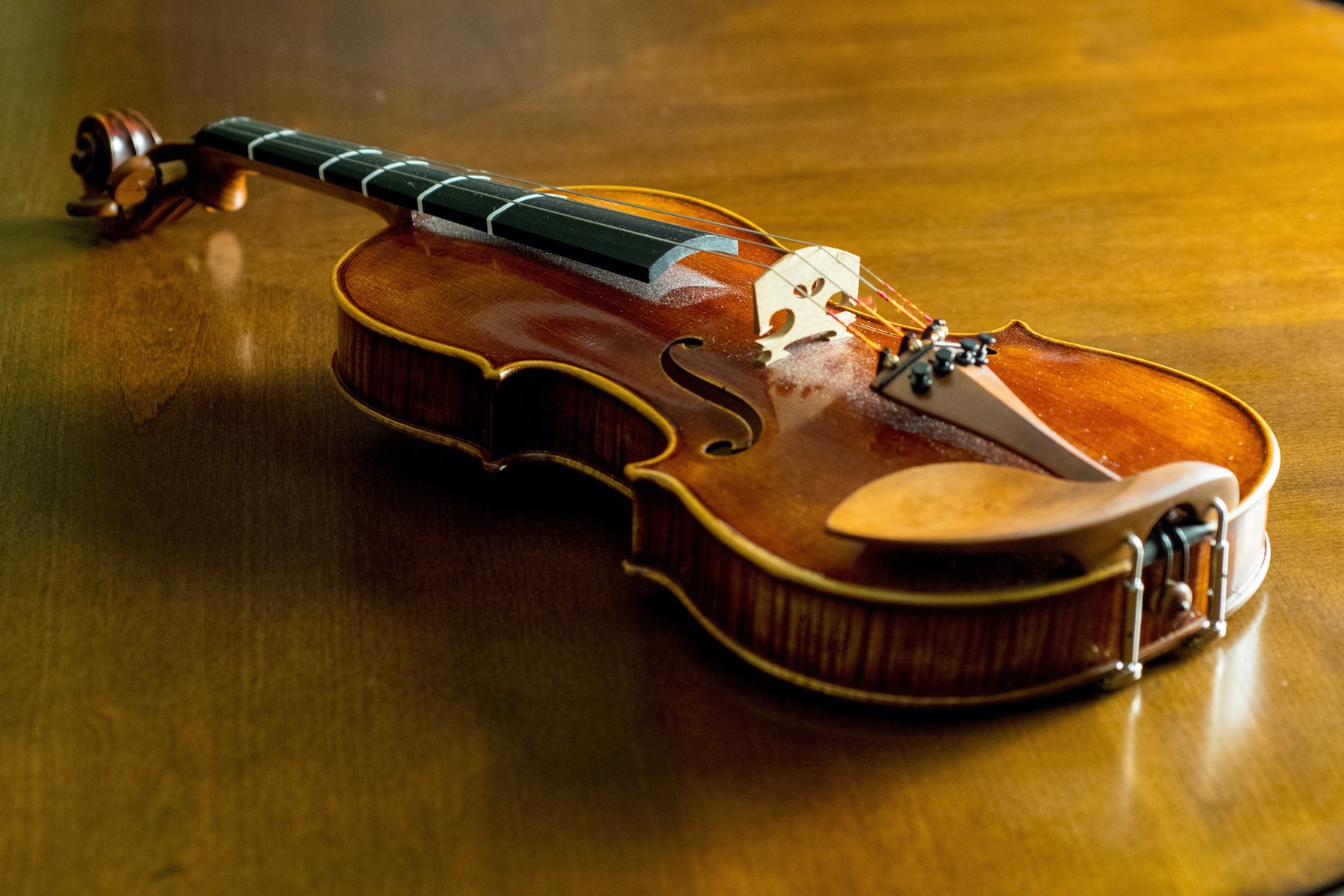
Part III. Student Violinists
On the opposite end of the spectrum, student violinists sometimes rely on markers on their fingerboards as indications where to place their fingers. Teachers use these stickers and tapelines as effective teaching tools, but often a player gets hung up in looking at the fingerboard for visual proof the note is in tune. This is just as useless as waiting for the note to go wrong before fixing it.
I apply small sticker dots to my students’ violins only with players who first need to train their ear. After all, we do not spring from the womb ready to discern a perfect B-flat on demand. An ear must be trained and know when a note is too sharp or too flat.
Once a player uses the dots to hear good pitch and feel the proper hand position it is time to remove the dots and play without. These dots can be overused by some players and need to be removed so the student can learn to be confident without the visual aid. Keeping dots beyond the beginner phase in violin playing would be like competing in the Tour de France with training wheels.
Before a player starts gumming up her fingerboard with stickers the first start is to have a very consistent and proper violin hold. A very supportive shoulder rest helps immensely with this. If your violin is held in the same place, allowing your left hand to be in the same, and correct, position each time you play it's only a matter of placing your fingers down enough times to memorize the feeling of intonation.
As for exercizes to improve intonation, a scale is the best bet. It’s simple and the bow arm is left to the simple task of playing up and down; nothing fancy. Listen closely and correct any rogue notes. But how you correct them is the key.
While you play the note, listen carefully or use a chromatic tuner to tell you if the note is in tune. Most tuners have a needle or green light to indicate the note was in tune. If the pitch is in tune feel free to move on to the next step in the scale. [I recommend and sell the Intelli Metronome/Chomatic Tuner]
However, if a note is not in tune, don’t just slide around until it’s good. When you do this you are telling your hand or finger it is okay to be out of position and you will just adjust it on the fly. Teach your hand to be consistent and to get the note right the first time.
So don’t correct the note by sliding the finger around searching for the right pitch. Instead remove your left hand from the violin. Shake it out. Place it again in what feels like the right position and try the note again.
Continue this pattern until your note is on key. Train your whole hand to be in the right place and to nail the notes without fumbling around searching. It works wonders.
With a little aptitude and a LOT of practice any musician can learn to create music in tune. It does come quicker to some players than others, but we’re not playing violin so we can be on TV making record deals and breaking champagne glasses, are we?
Take your time and develop your music into something worthy of a polished violinist.
Or don’t. There’s some good money in not-quite hitting the high notes!

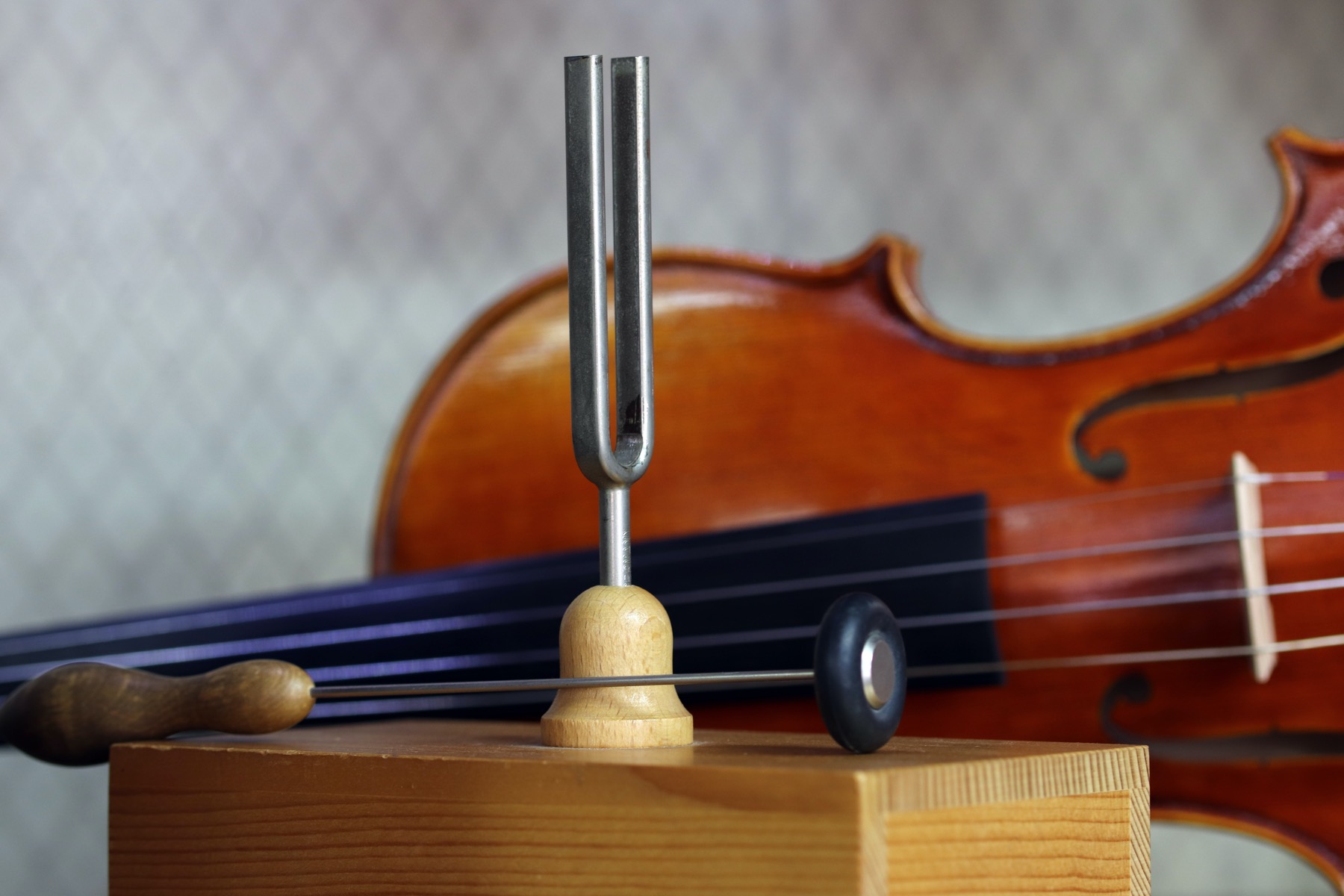

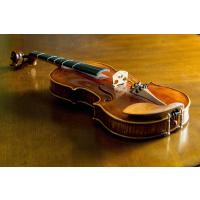

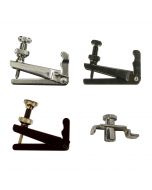



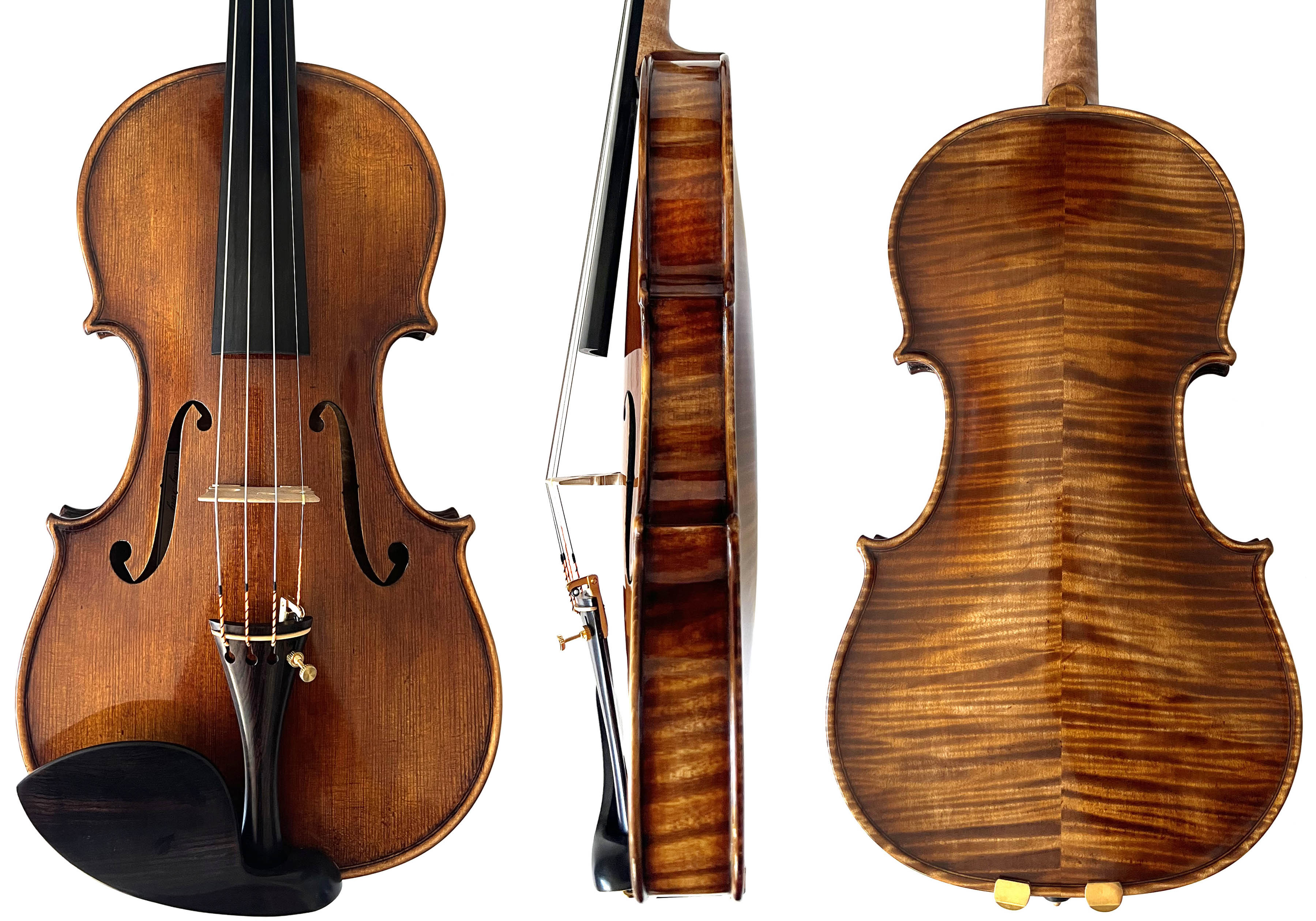

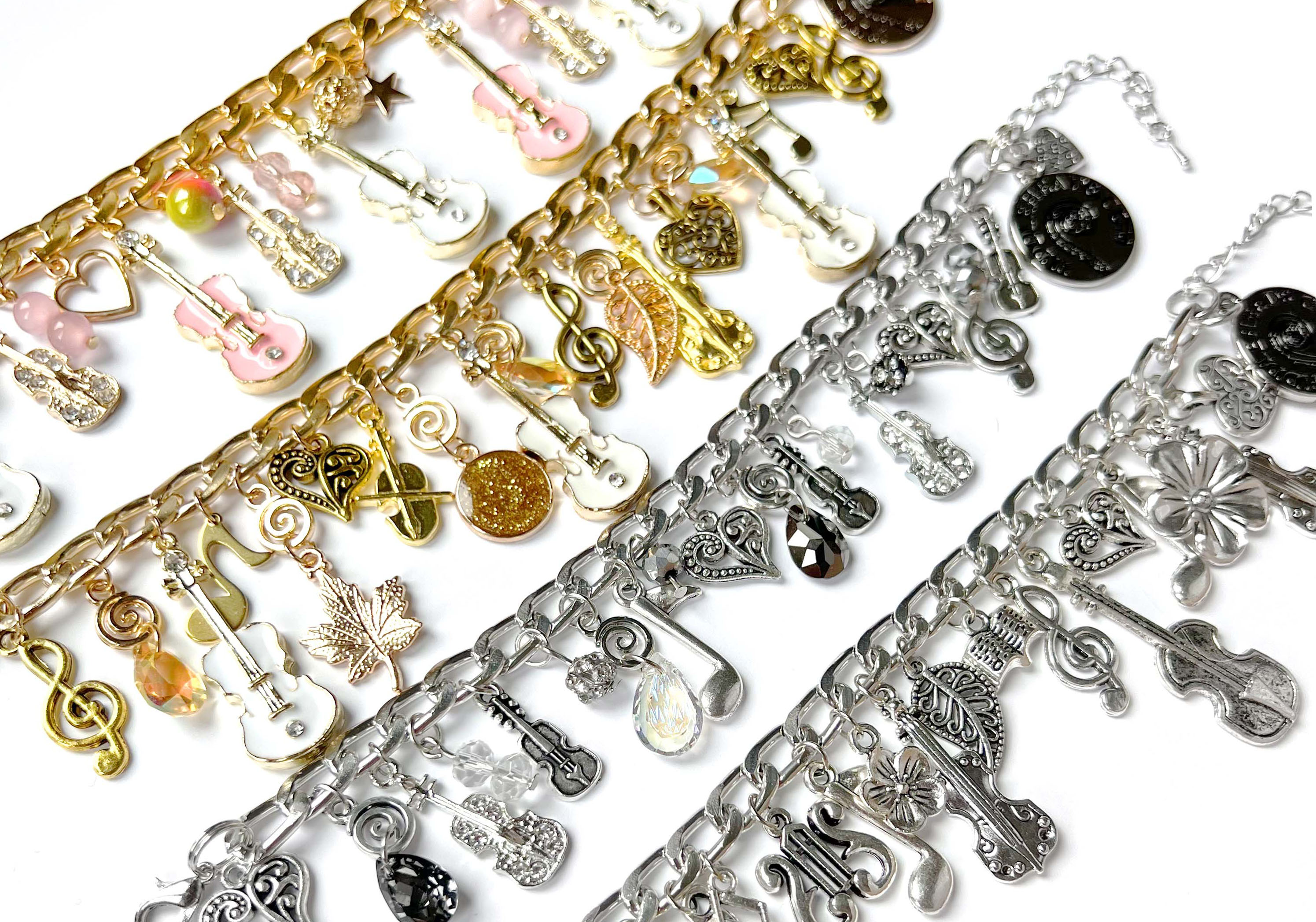
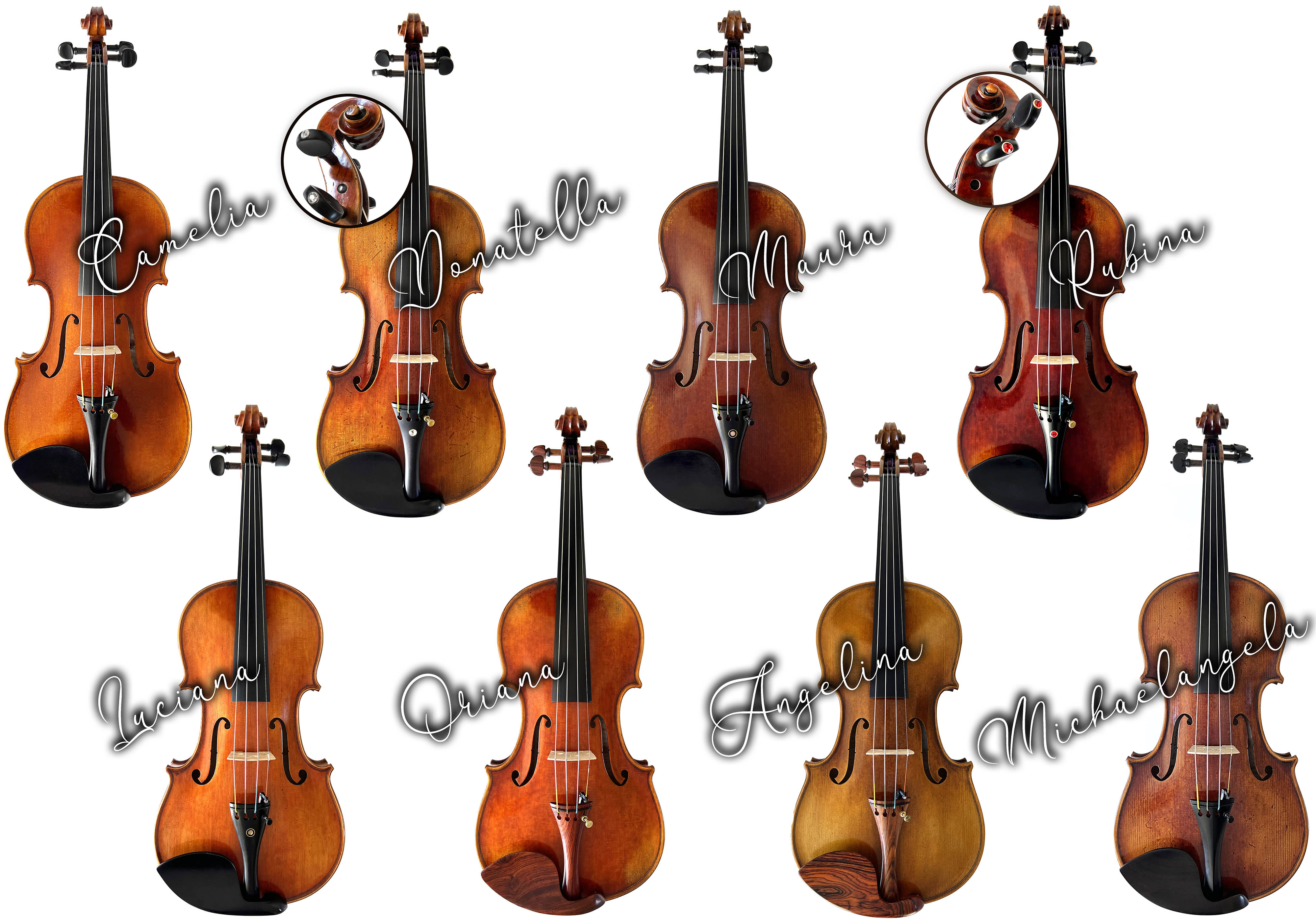

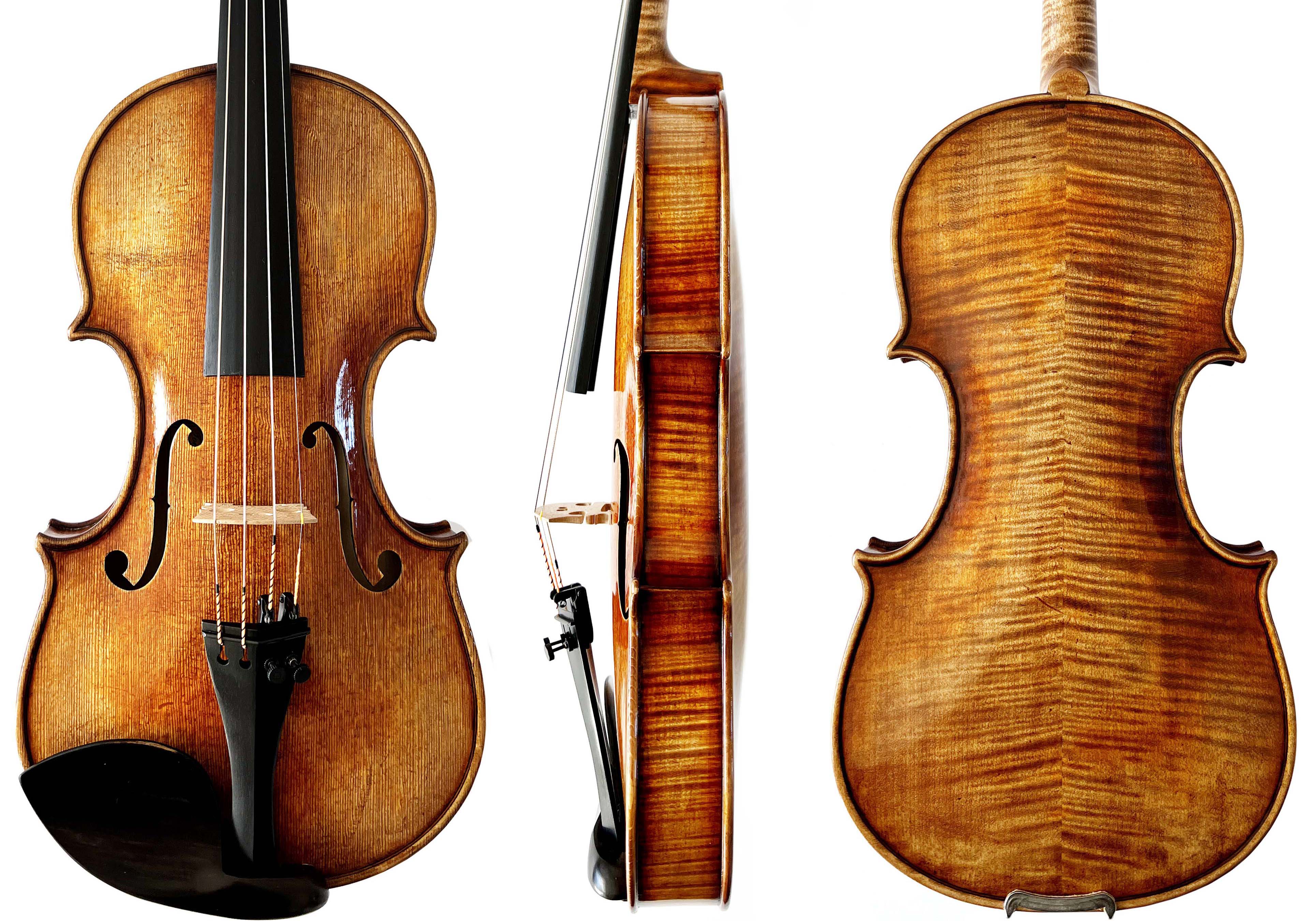


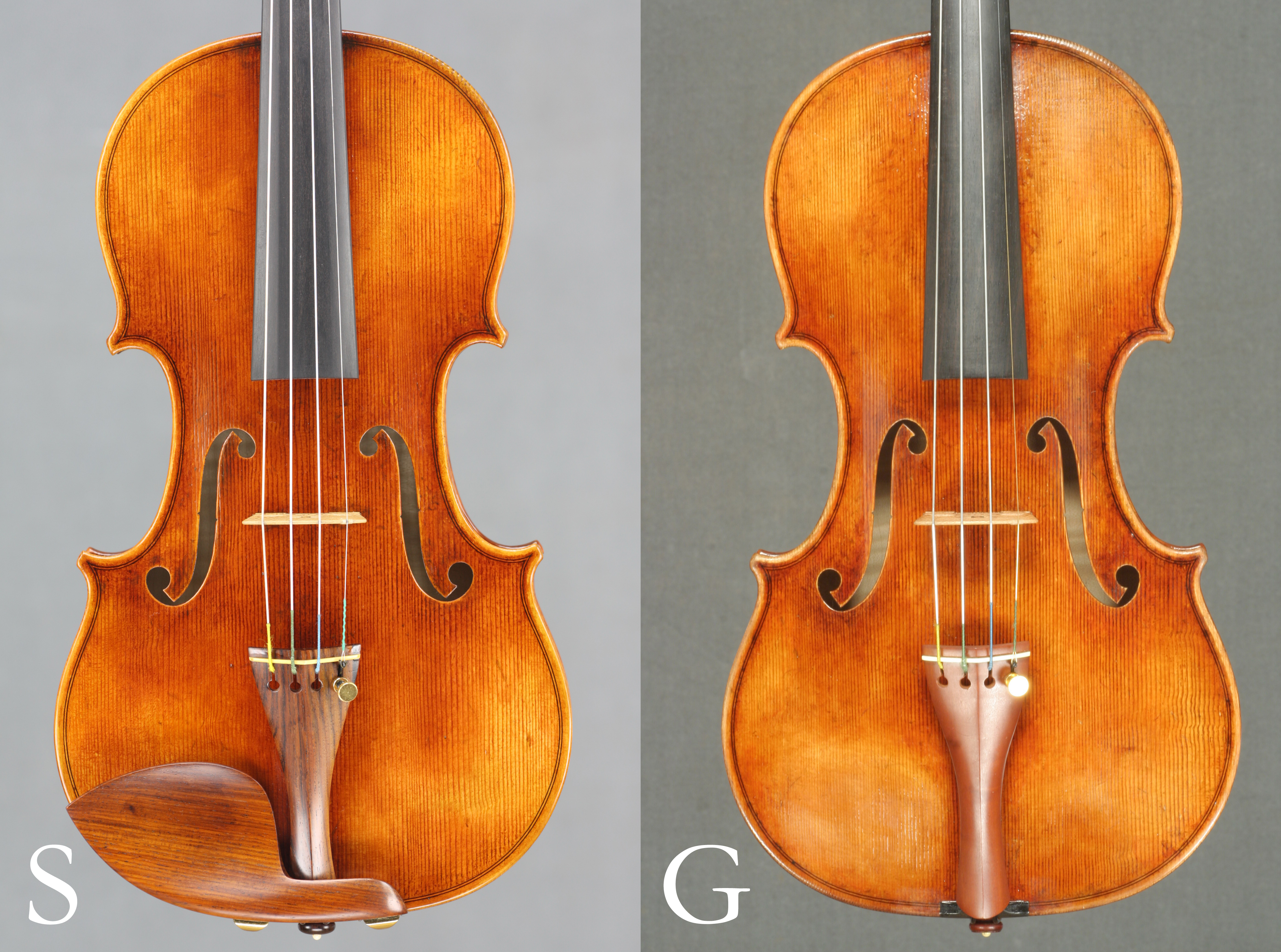
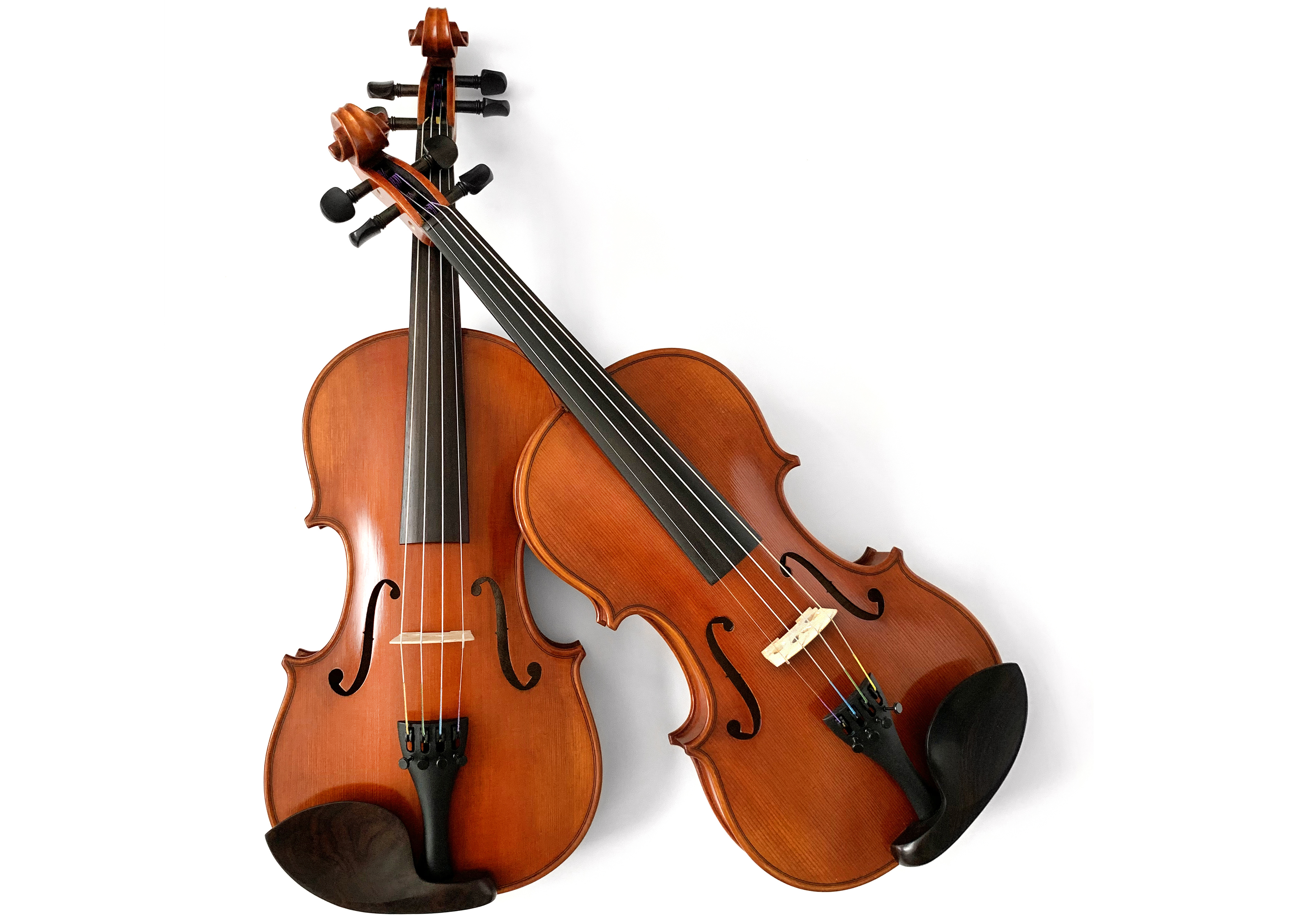
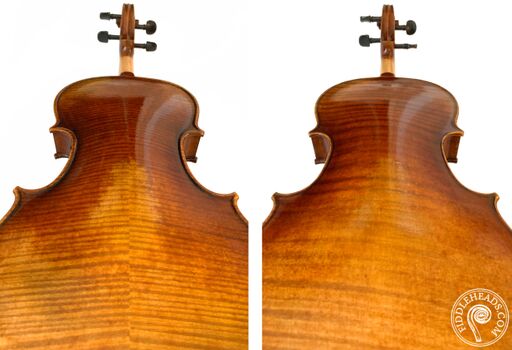









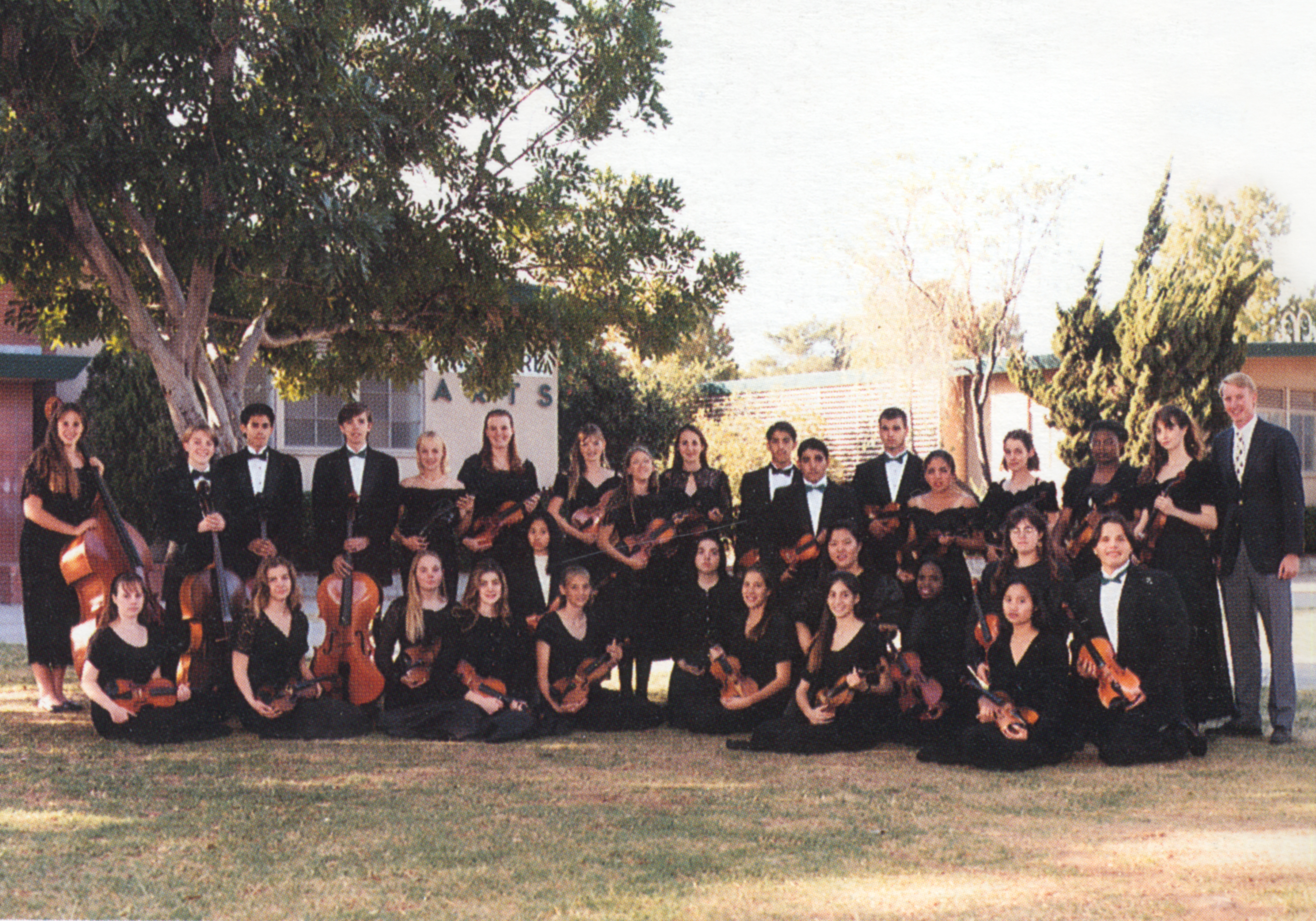
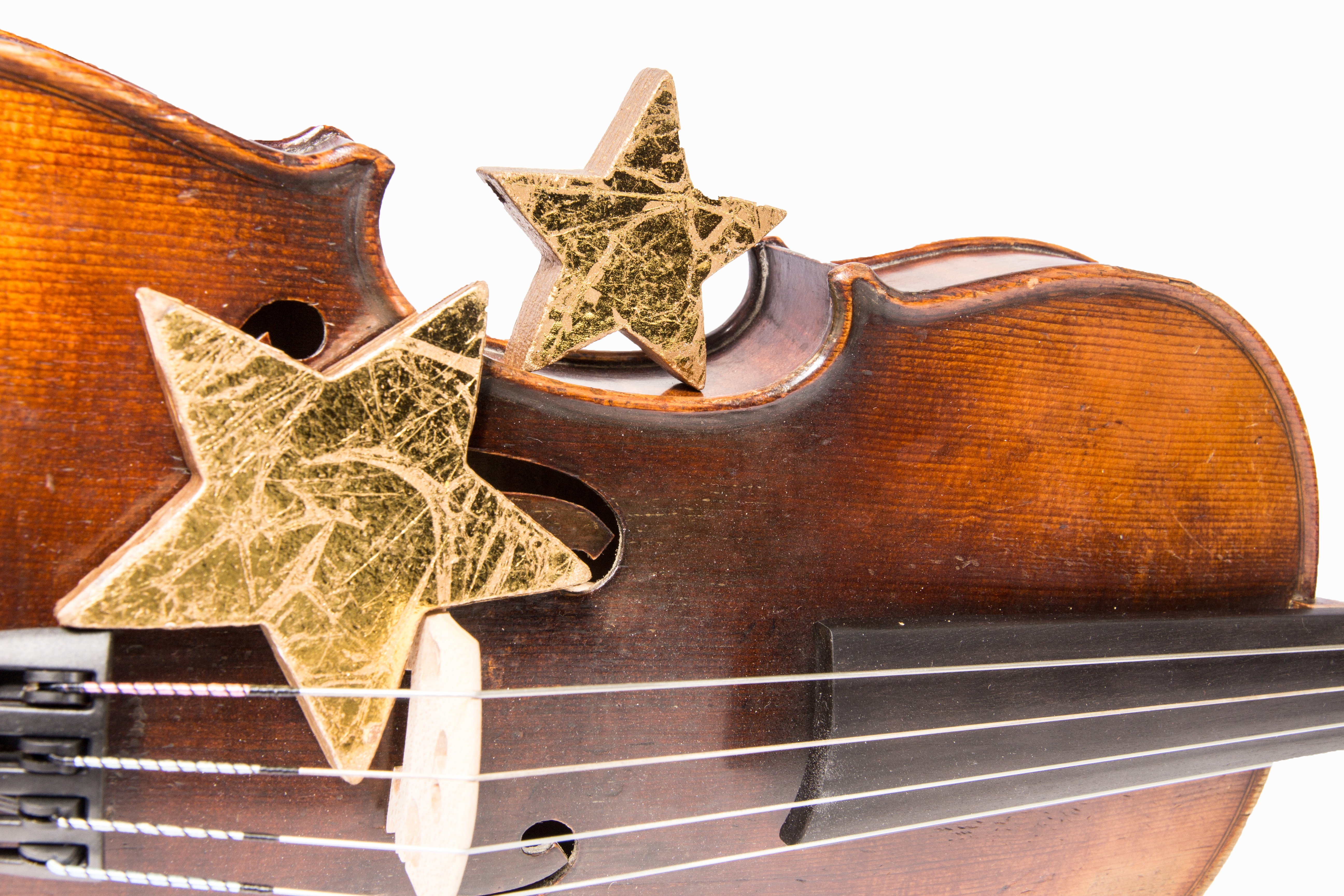


The notes on the G, and D string often sound dead, like cutting wood. Now, because of the gracious help I can at least approach the problem better.
I may have mentioned that we live in rural Maine, the edge of the world, where we only have a few, if any, violin instructors. Further, from what I hear, experienced instructors charge more than I can afford. So, I have been playing on my own for the past two years. Very possibly I have developed bad habits, so any information I can find online is of great
value.
I too enjoy Meditations. Perhaps someday I may be able to play beyond the basics. I think that I started violin about fifty
years too late, but pressing forward I will play some day.
My deepest thank you for the help on tone. My tone is dead, but now I now how to go about repairing the noise.
Thanks again for sharing your talent, and your help.
how do you know if a violinist is playing out of tune?
...the bow is moving
that`s a brilliant piece of qwriting. Thank you so much.
Its a vety minor caveat but I have a slightly diffenret take ion what you say about Heifetz et al.
>Heifetz (my idol) never hit the bad notes because he knew where to put his fingers. He didn't wait until the mistake had happened and heard it to correct it; he played with his fingers precisely where they needed to be.
Thus, Heifetz and other master players who never, or very seldom, ever play a note out of tune are not relying on their ears. If they did the note would be sour and they would then have to correct it. It would be too late.
It`s absoultely true that the `inner ear` ear of the master players is already telling the finger swhat to hit next ratehr than reacting to what is palyed which is so common in the early stages (and later, unfortunately) . Howeevr, a sFlesch points out in his book , given the measurements of the violin it is an absoluite physicla impossibilty to hit notes at some precise place. The pouint is to minute. What distingushes the greats is the abiltiy to get much closer than the rest plus extremely rapid adjustments. And yes, there is a greta dela of adjusting going on, but it is done primarily with vibrato and or is so fast we are not even awrae of it . I have long fiorgotten where I saw it but I did once read some qratehr well done research into hiow close great players did get to some theoreticval norm using recording technology. Heifetz wa scloser than most by about twnety percnet and he actually missed aroudn 50% of the notes before adjusting. There is also a Heifetz quote where he says he misse shte same number of notes as everyone else but corrects -much- faster.
I do belive tis abilty to adjust and compensate very rapidly for pitch deviation is a marked charatersitic of the greta old player sand is predictaed on using less than reliable gut strings. Hence Heofetz would demosntarte how he could randomly tune his violins tirngs all over the place and play difficult works through almost flawlessly to our ears. Sone of todys players (not the greta ones I hasten to add) often appear to have flawles sintonation because the string technology is so refined that strings don`t need retunign even for days at a time. There sense of pitch is based on a ratehr artifical physicla componet. Put them in a tquartet, or have something go wrong with the fiddle and they come across as considerably less skilled.
Thanks again,
Buri